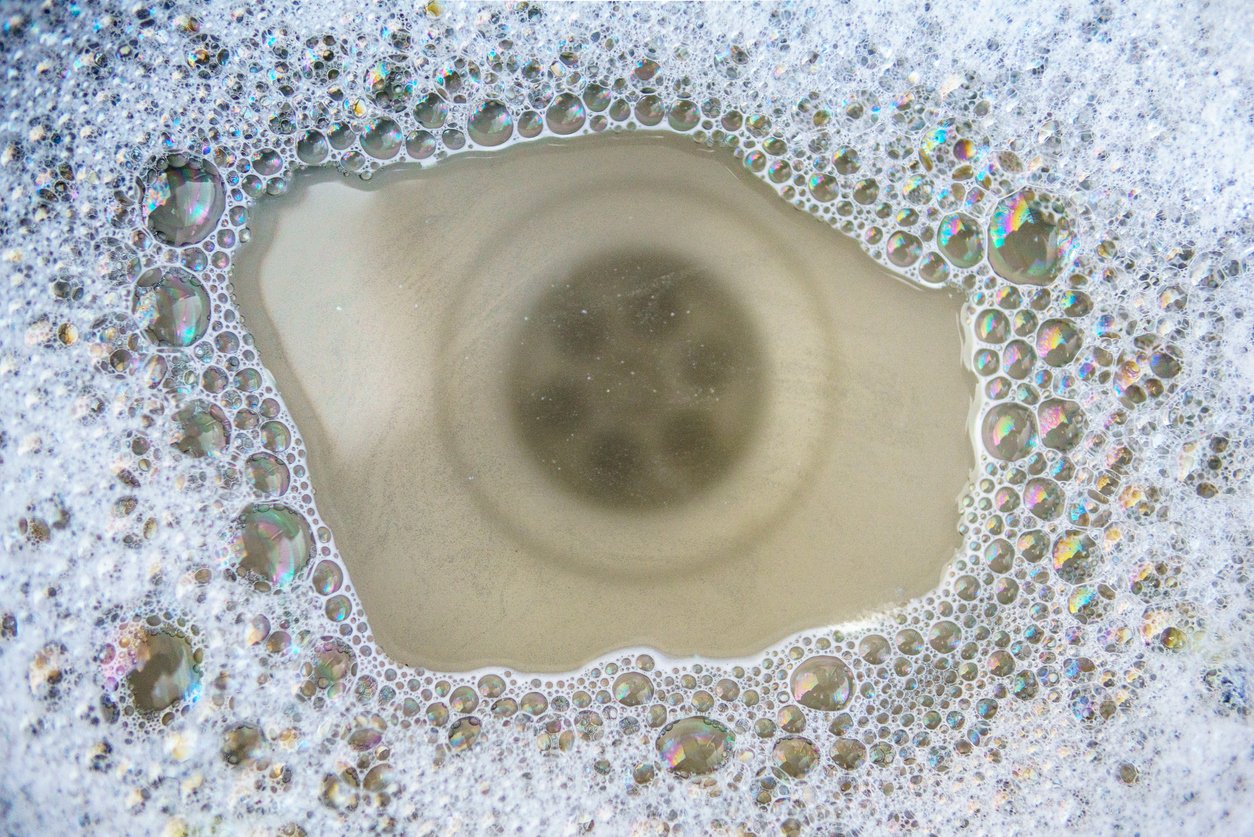What to Do When Your Drains Back Up: A Comprehensive Guide
Dealing with a backed-up drain can be one of the most frustrating and inconvenient household problems. Whether it’s the kitchen sink, bathroom shower, or toilet, a drain that refuses to clear is a major headache. Fortunately, understanding the causes and knowing the steps to take can help you tackle the problem efficiently.
Identify the Cause
Before you jump into action, try to pinpoint the root of the issue. Here are some common causes:
Clogged Pipes: Accumulated hair, grease, food particles, and other debris can clog pipes over time, causing water to back up.
Tree Roots: In older homes, tree roots can invade underground pipes, causing blockages.
Main Sewer Line Blockage: If multiple drains are backing up at once, the problem might be with the main sewer line.
Vent Pipe Blockage: Plumbing systems need proper ventilation to work. If the vent pipe is blocked, it can cause slow draining or backups.
Immediate Actions to Take
Once you’ve identified a possible cause, here’s what you can do:
Stop Water Usage: If you notice water backing up, stop using any water in the house until the problem is resolved. This prevents further flooding.
Check for Obvious Clogs: Inspect the affected drain for visible obstructions. Sometimes, you can remove a clog manually.
Use a Plunger: A plunger can help dislodge clogs in sinks, tubs, and toilets. Make sure you create a strong seal around the drain for maximum effectiveness.
Try a Drain Snake: A drain snake (or auger) can reach deeper clogs that a plunger can't. Gently feed the snake into the drain and twist it to grab the clog.
Chemical Drain Cleaners: Proceed with Caution
Chemical drain cleaners are often marketed as quick fixes, but they can be harsh on your pipes, especially in older homes. If you choose to use a chemical cleaner:
Read the Instructions Carefully: Follow the manufacturer’s instructions to avoid damaging your pipes.
Ventilate the Area: Ensure proper ventilation, as the fumes can be harmful.
Avoid Overuse: Regular use of chemical cleaners can weaken pipes over time.
Consider Professional Help
If your initial efforts don’t solve the problem, or if you suspect a more significant issue like a sewer line blockage, it’s time to call a professional plumber. A licensed plumber has the tools and expertise to diagnose and fix the problem quickly.
Hydro Jetting: This technique uses high-pressure water to clean out clogged pipes, including tree roots.
Drain Cleaning: This technique uses a long drain snake with a rotating head that will help scrape the sides of the walls of the pipes. It isn’t as effective at cleaning as hydro jetting, but it will work for smaller more manageable clogs. It’s also a cheaper option.
Camera Inspection: Plumbers can use cameras to inspect the inside of your pipes and identify the cause of the backup.
Sewer Repair: If the problem lies in the main sewer line, a plumber might need to replace or repair the affected section.
Prevent Future Backups
After resolving the current issue, take steps to prevent future backups:
Regular Maintenance: Regularly clean your drains with a mixture of baking soda and vinegar or a mild drain cleaner.
Mind What Goes Down the Drain: Avoid flushing non-degradable items, like wipes or feminine hygiene products, down the toilet. In the kitchen, don’t pour grease or oil down the sink.
Install Drain Screens: Drain screens can catch debris before it enters your pipes, reducing the likelihood of clogs.
Tree Root Management: If tree roots are a recurring issue, consider removing or managing nearby trees that pose a risk to your pipes.
Conclusion: Dealing With A Backed Up Drain
Dealing with a backed-up drain is never fun, but with the right approach, you can minimize the damage and resolve the issue quickly. Remember to take preventive measures to keep your drains running smoothly in the future. If in doubt, don’t hesitate to call in a professional plumber to ensure the problem is handled properly.

